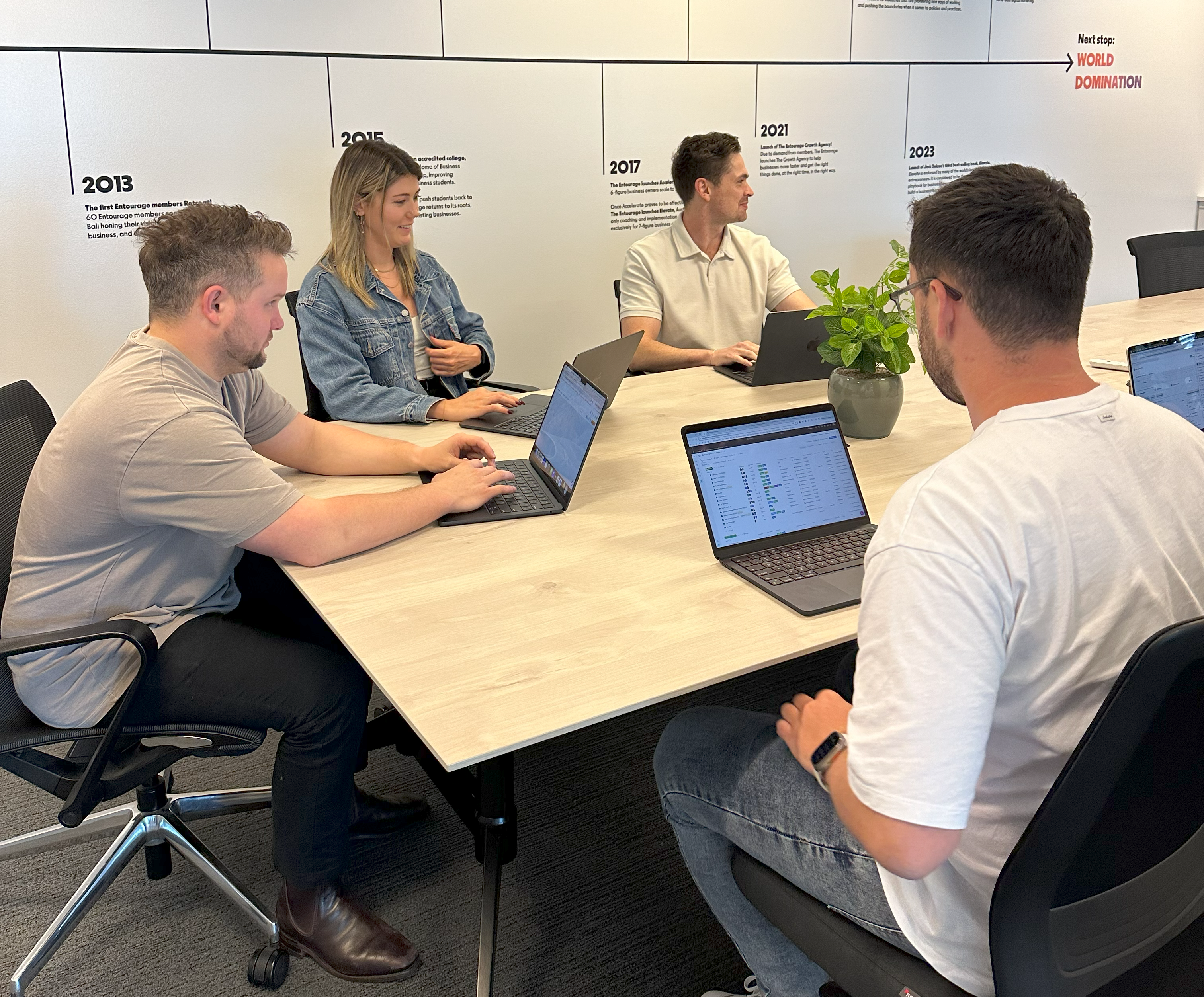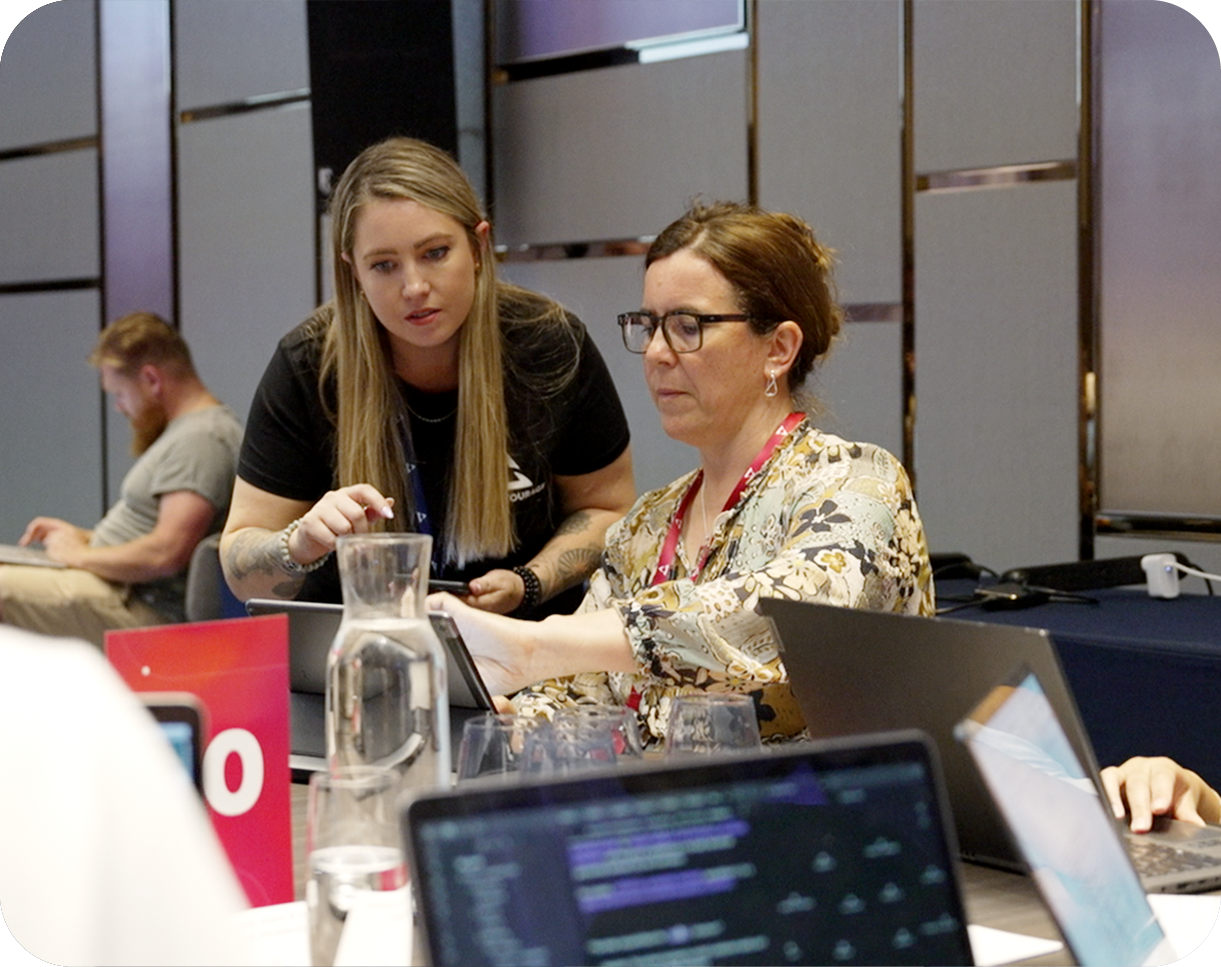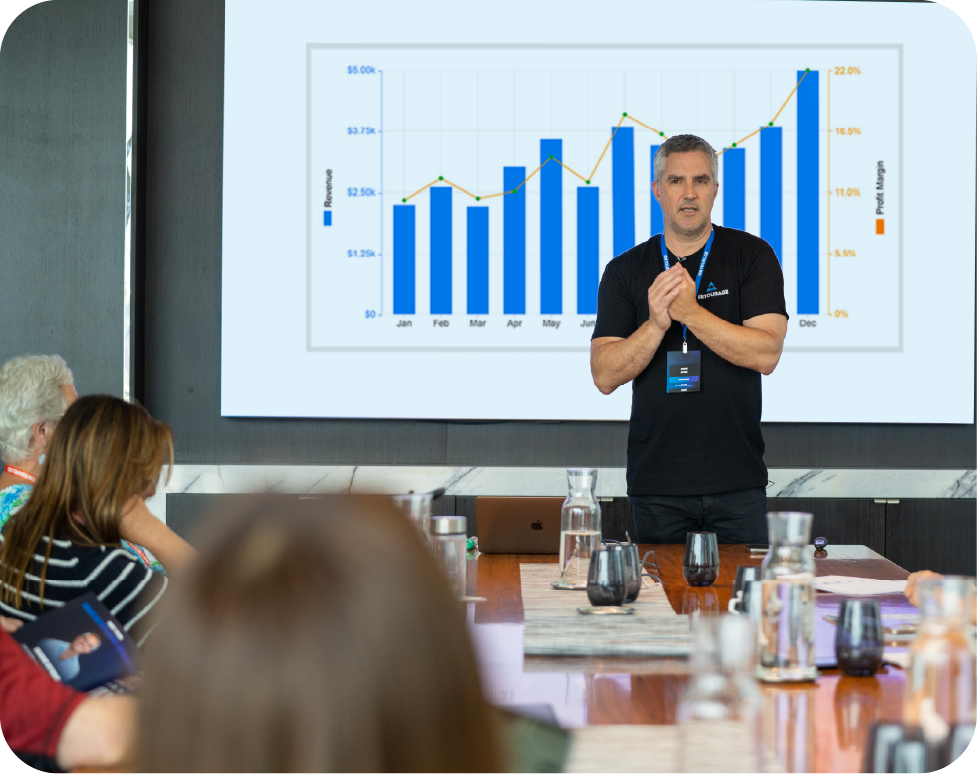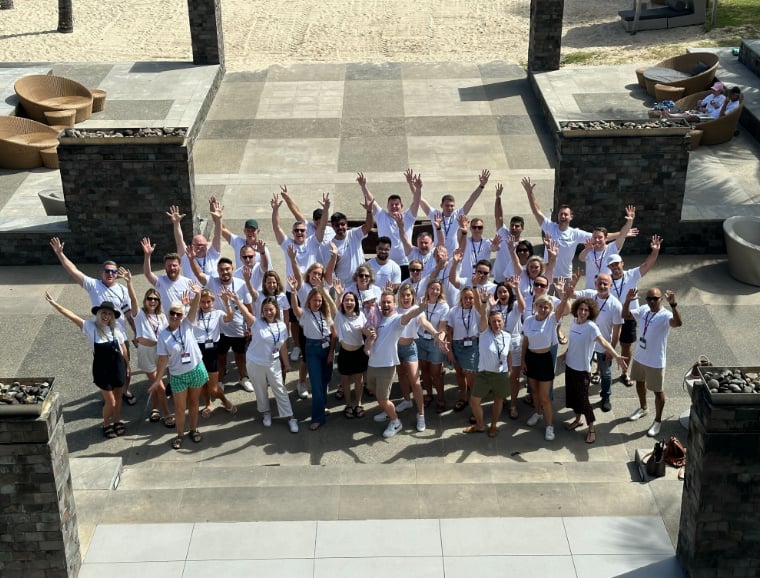Serving specials at a restaurant is a common way of creating new customers, turning tables and generating repeat sales. Nevertheless, not all restaurant owners easily strike a balance between giving good value to customers and guarding against hit to the bottom line. When specials are not properly done, they soon turn into a monetary burden as opposed to profit generators. The trick is in the planning, wise decision making, and a good insight into your financial capabilities.
An effective special must not only be attractive to the customers, but also be within the operational expenses as well. It needs to consider the price of ingredients, time of making and employee labour. Introduced specks which lacked the necessary analysis tend to cut into the profit margin. This is aimed at bringing forth offerings that are not only appealing to the diners but also ensuring that the business itself is not adversely negatively affected. In order to do so, restaurant proprietors have to move beyond the popularity aspects of businesses and go into the depths of performance indicators, supply chain prices, and kitchen facilities.
Planning Around Ingredient Costs
Ingredient costs are the first element that should come into consideration when planning a special. Special menus should be constructed using ingredients which are available on the shelves, locally produced and provided at a discounted price owing to seasonal abundance. This does not only minimize the waste production but also saves on the need to acquire exclusive products that might not be utilized in the future. A consistent dialogue with the suppliers will help find out opportunities to receive ingredients of high quality at a reduced price and create an opportunity to create specials that would be of a premium value without correspondingly high prices.
An examination of the past data on the successful specials and their comparison with the reason why they succeeded is also useful. In case a particular protein or type of dish acquires more orders even by having a low price of production, it can act as a template of what can be offered in the future. Data about the restaurant POS system would also enable the managers to find what dishes sell fast and which ones have the most margin so they could be able to create specials of the food that could be built upon success instead of assumptions.
Using Portion Control And Presentation
The size of a portion is an important factor in controlling the food expenses. Specials do not even have to be bigger or more involved to be enticing. Rather, presentational and perceived value can be capitalized. Even the attentively served food involving smaller and balanced portions and having the appearance of an indulging meal can generate the feeling of satisfaction in the customers. The practice not only allows controlling costs but also corresponds to the increasing appetite of consumers to healthy meals.
The concept of packaging perceived value is also used in providing combo deals or prix fixe menus. Restaurants can improve the attractiveness of the offer by combining the low-cost items with a higher-margin focus point to achieve the same result as if they added more items without much of an increment in the cost of the offer. By pricing these structured specials at certain times (midweek or slower hours), it will keep the kitchen moving and spread out the demand in such a way that will not escalate the overheads.
Training Staff For Better Communication
Staff play a crucial role in promoting specials effectively. The capacity of explaining the dish in a stimulating and understandable manner may directly designate the diner choices. The education of staff to know about the ingredients, narrative, and appeal of each special will enable them to give a more convincing pitch. This application is particularly helpful in the increased sales of products that have a greater profit margin that would have been ignored.
A cloud based POS can make it easier to equip your team with real time information on menu changes, availability updates as well as performance tracking. The system enables the sharing of updates on an instant basis throughout the restaurant so that all the servers are on the same line. It also avoids overselling the specials and promotes them after inventory becomes over, which will minimize waste and client dissatisfaction.
Tracking Performance And Making Adjustments
It is important to monitor the financial performance of the specials as much as it is important to create those. It is timely to monitor the frequency at which a special is ordered, the production cost of a special, and the influence on total sales. A restaurant POS system gives sufficient reports that are useful in determining trends or making adjustments or shifting the end of a special that is not performing as per the expectations. Unless there is periodic measurement it is hard to inform whether a special is helping drive business, or it is just sucking the resources.
This review process should also involve customer feedback. Questioning the guests about their experience with the special provides the information on what exactly they mostly liked either the taste, the price, or the uniqueness. This feedback mechanism can assist restaurants to optimize their specials so that they make customers feel comfortable to come back, thus making the offering profitable.
Offering Value While Protecting Profit
There is only one secret behind the success of any special, that is, it should bring genuine value to the customer, as well as the business. The correct marketing plan renders a special more of a treat to the customer and does not burn the pocket of the establishment. A combination of creativity with regards to culinary arts, team coordination within the staff, and financial consistency are necessities to balance out these interests.
Along with the availability of data, operational convenience through installations such as cloud based POS, practical pricing and portioning strategies, restaurants will be able to provide their patrons with alluring specials that do not hamper their profitability levels. Through a conscious and evidence based approach, one can easily satisfy customers with a securely sustainable approach to business.
Related Categories
Ryan Terrey
As Director of Marketing at The Entourage, Ryan Terrey is primarily focused on driving growth for companies through lead generation strategies. With a strong background in SEO/SEM, PPC and CRO from working in Sympli and InfoTrack, Ryan not only helps The Entourage brand grow and reach our target audience through campaigns that are creative, insightful and analytically driven, but also that of our 6, 7 and 8 figure members' audiences too.





